Current form 11 April 2000 Minister of National Defence Gabriel-Beniamin Leş Budget 3.65 billion EUR (2017) Headquarters Bucharest, Romania | Supreme Commander of the Armed Forces Klaus Iohannis Military age 18 years of age Founded 1860 Commander in chief Klaus Iohannis | |
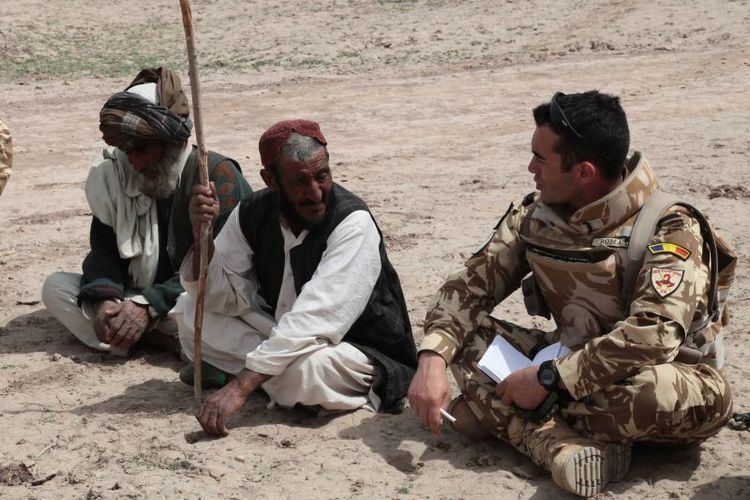 | ||
Service branches Land Forces
Naval Forces
Air Forces Chief of the General Staff General Nicolae Ionel Ciucă Similar Romanian Land Forces, Romanian Naval Forces, Romanian Air Force, Polish Armed Forces, Bulgarian Armed Forces | ||
The Land Forces, Air Force and Naval Forces of Romania are collectively known as the Romanian Armed Forces (Romanian: Forțele Armate Române or Armata Română). The current Commander-in-chief is General Nicolae Ionel Ciuca who is managed by the Minister of National Defence while the president is the Supreme Commander of the Armed Forces during wartime.
Contents
- Romanian armed forces for ele armate rom ne 2016 2017
- Equipment
- Manpower
- Modernization
- Current deployments
- Other militarized institutions
- Military ranks
- Romanian Land Forces
- Romanian Air Forces
- Romanian Naval Forces
- References
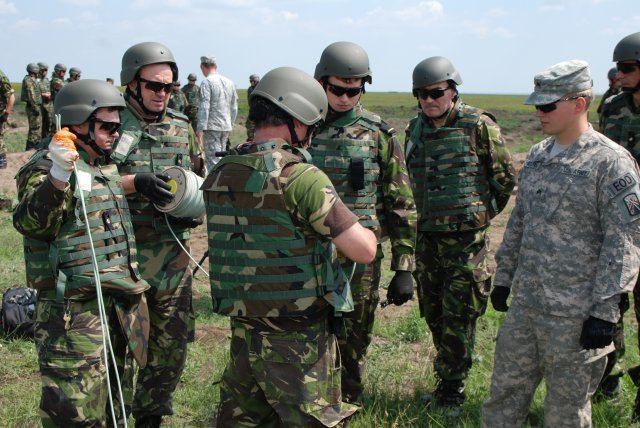
84,000 men and women currently comprise the Armed Forces, 15,000 of them being military personnel and the other 15,000 civilians. Out of the 90,000 military and civilian personnel, 60,000 are the active troops (forțele active) while 30,000 comprise the active territorial reserves (forțele teritoriale). As of 2010, the Land Forces have a reported strength of 43,000, the Air Force 9,700, the Naval Forces 7,150, and Joint Forces 13,500. As per the 2011 White Paper, these forces are to be gradually decreased over the 2011–2014 period to reach a total of about 65,000 active troops and active reserves. Total defence spending currently accounts for 1.33% of total national GDP, which represents approximately 1.78 billion euros (ranked 54th).
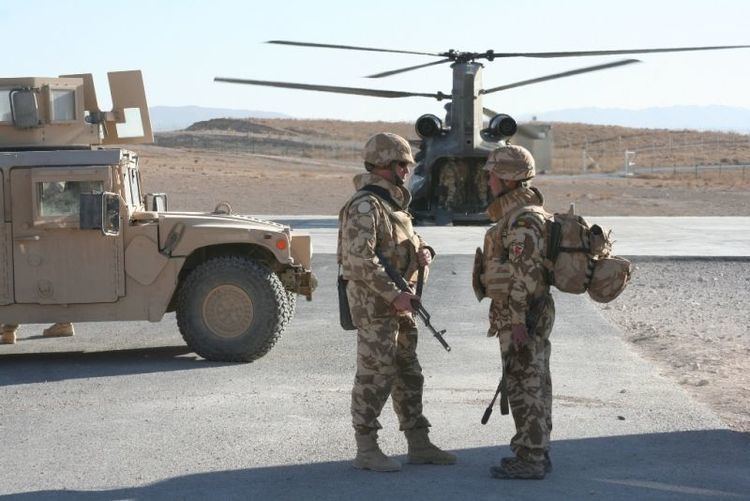
Romanian armed forces for ele armate rom ne 2016 2017
Equipment
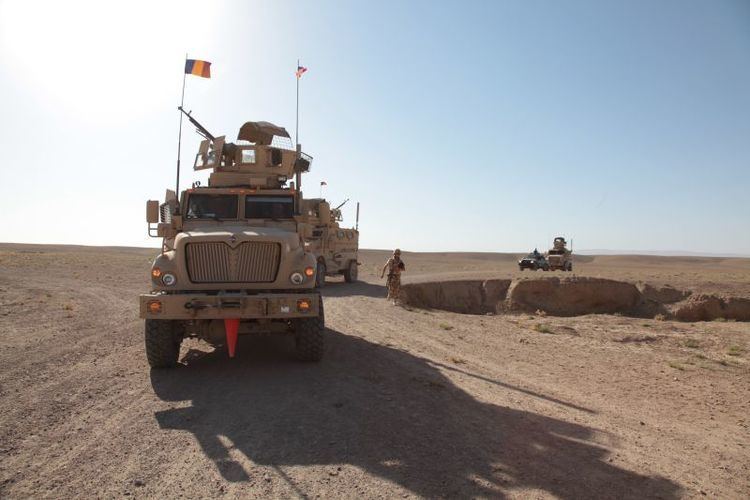
The Land Forces have overhauled their equipment in recent years, and are today a modern army with multiple NATO capabilities. They are participating in a peacekeeping mission in Afghanistan, together with the other NATO countries. The Land Forces are at present planning on replacing the TAB APC vehicles with new armored personnel carriers produced in conjunction with the Germany company Rheinmetall. The Air Force currently operates modernized Soviet MiG-21 LanceR fighters, which are due to be replaced by modernized ex-Portuguese F-16 fighters starting with 2016. In the first stage a first squadron of 12 fighter aircraft will be acquired and a second squadron of another 12 aircraft will follow by 2020. The Air Force has also received 7 new C-27J Spartan tactical airlift aircraft, in order to replace the bulk of the old transport force. Two modernized ex-Royal Navy Type 22 frigates were acquired by the Naval Forces in 2004 and a further four modern missile corvettes will be commissioned in the next few years. Three domestically-produced IAR 330 Puma NAVAL helicopters were also ordered by the Naval Forces, and were commissioned in late 2008.
Manpower
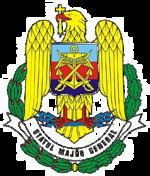
Romania joined NATO in 2004. As a consequence, extensive preparations were made to abolish conscription by 2007 and create a professional army in place of a conscripted one.
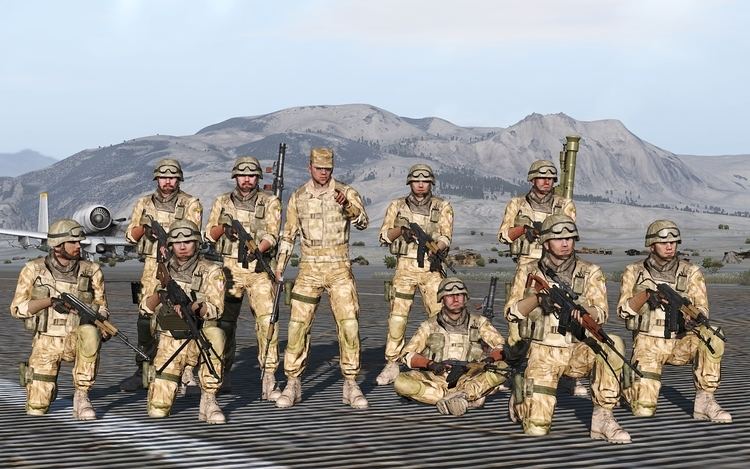
The new armed forces include 90,000 men and women, of whom about 75,000 are military personnel (the remaining 15,000 or so are civilians). 60,000 of the 90,000 are active forces; 30,000 comprise the territorial forces. Out of the 75,000 troops which comprise the actual military, about 45,800 make up the Romanian Land Forces, 13,250 serve as the Romanian Air Force and 6,800 are in the Romanian Naval Forces; the remaining 8,800 serve in other fields.
Modernization
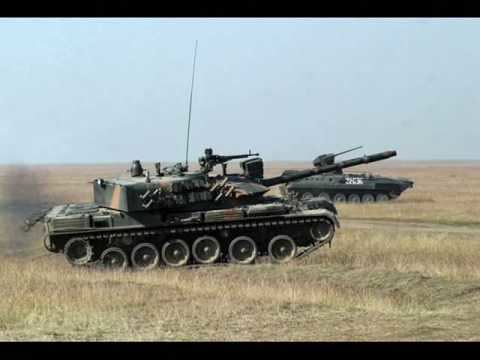
The Romanian Military will essentially undergo a three-stage restructuring. As of 2007, the first short-term stage has been completed. 2015 marks the end of the second stage when the armed forces will reach a superior compatibility with NATO forces. In 2025, the long-term stage is to be completed. The stages aim at modernising the structure of the armed forces, reducing the personnel as well as acquiring newer and more improved technology that is compatible with NATO standards.
Current deployments
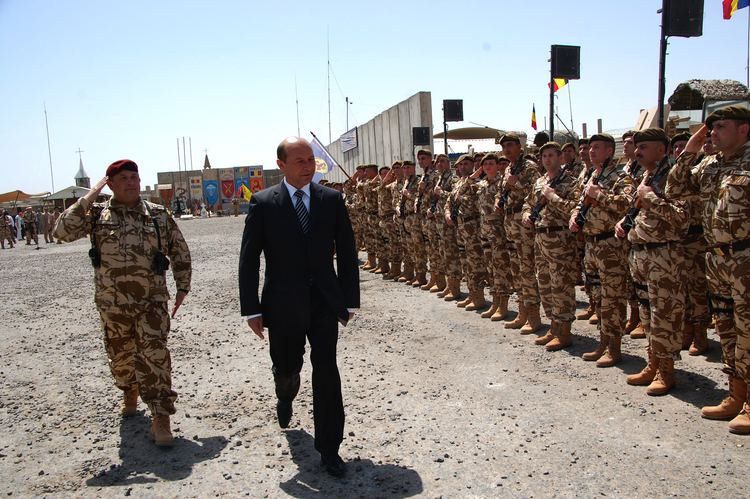
Romanian troops participated in the occupation of Iraq, reaching a peak of 730 soldiers before being slowly drawn down to 350 soldiers. Romania terminated its mission in Iraq and withdrew its last troops on July 24, 2009.
Romania currently has troops deployed in Afghanistan, and is planning to nearly double its troop strength there to 1,800 by September 2010, according to an announcement made by President Traian Basescu in Prague on April 8, 2010.
Other militarized institutions
The following Romanian institutions have military status but are not part of the Armed Forces:
Military ranks
See also: Romanian Armed Forces ranks and insignia for the full insignia
Romanian Land Forces
Other ranks
Specialists
Officers
General Officers
Marshals
No longer used:
Romanian Air Forces
Other ranks
Specialists
Officers
Note that those in parentheses are ranks formerly used (stated in italic) or former rank names or literal rank meanings.
Romanian Naval Forces
Naval Ratings
Specialists
Officers
Note that those in parentheses are ranks formerly used (as stated) or former rank names or literal rank meanings.
